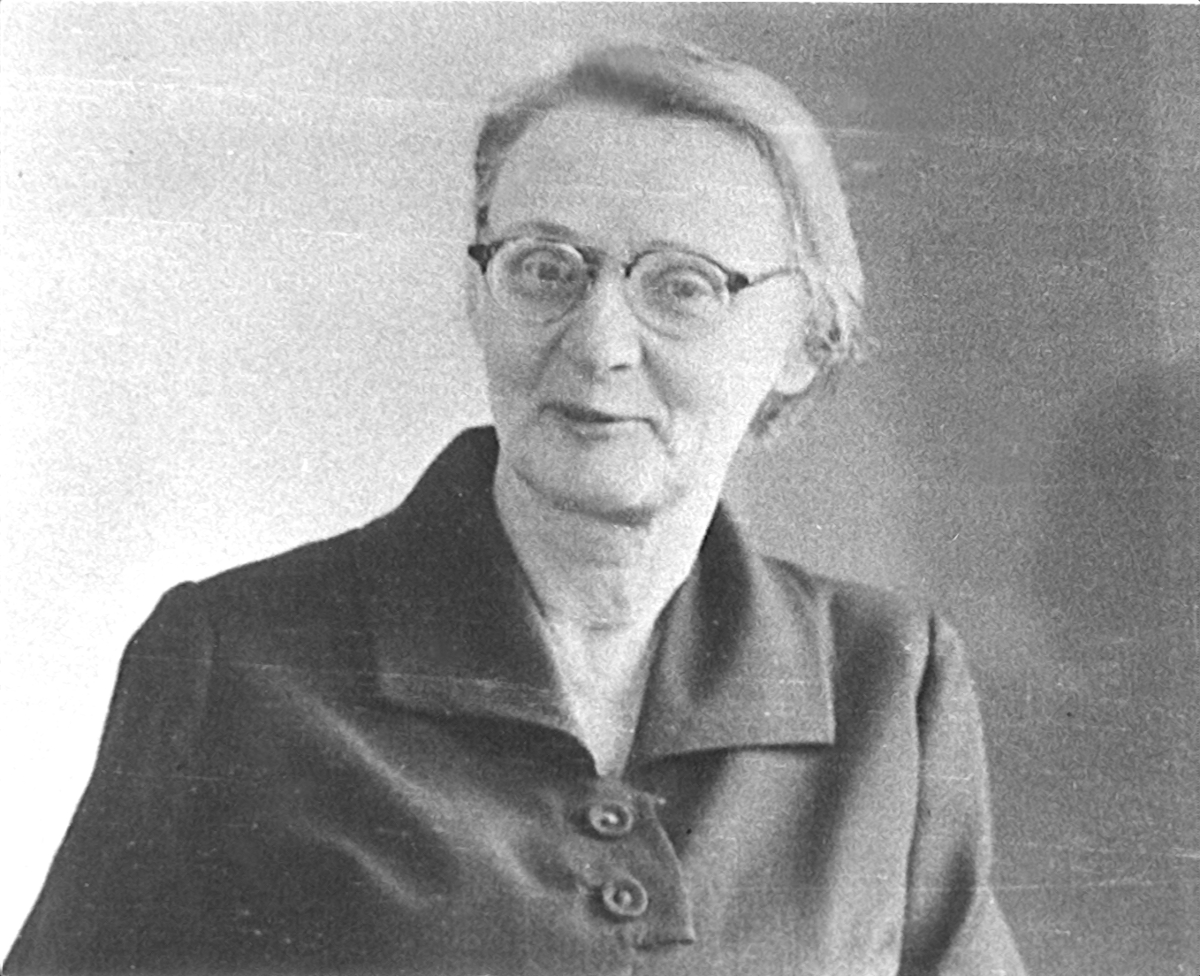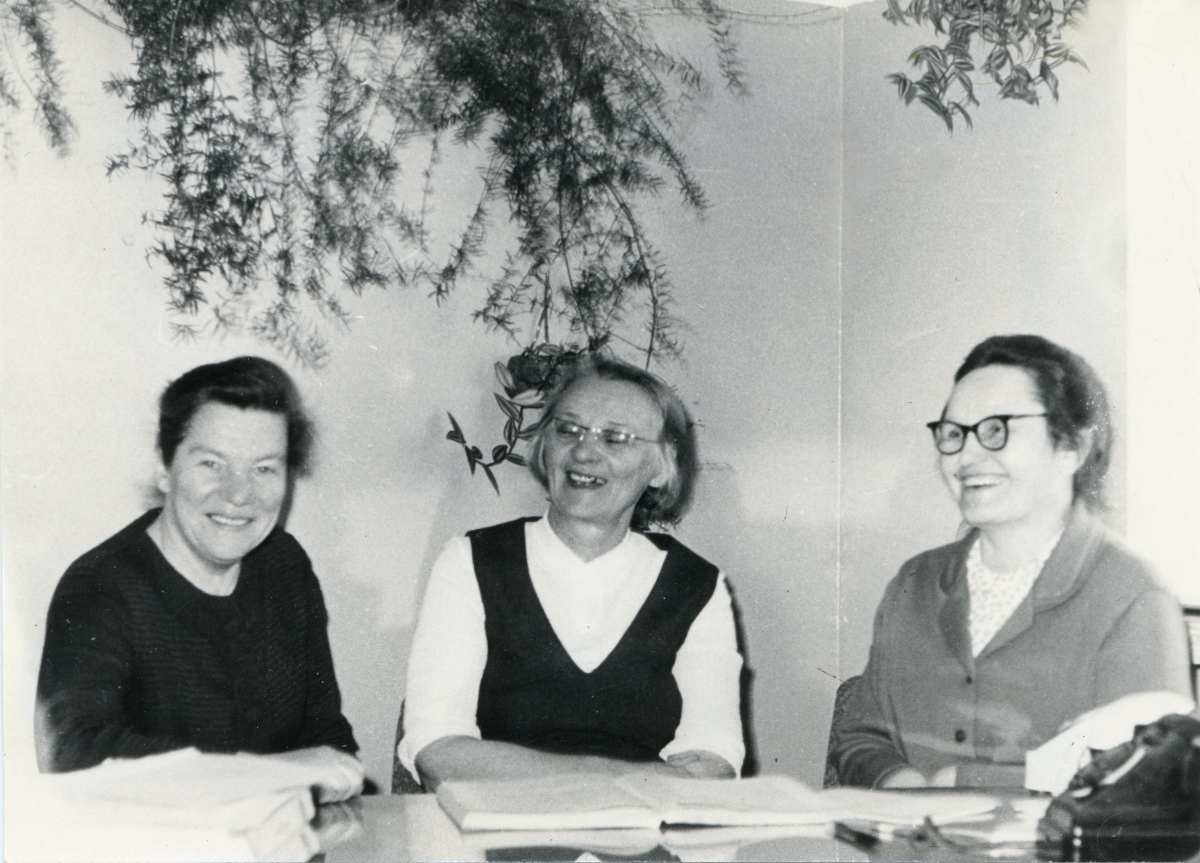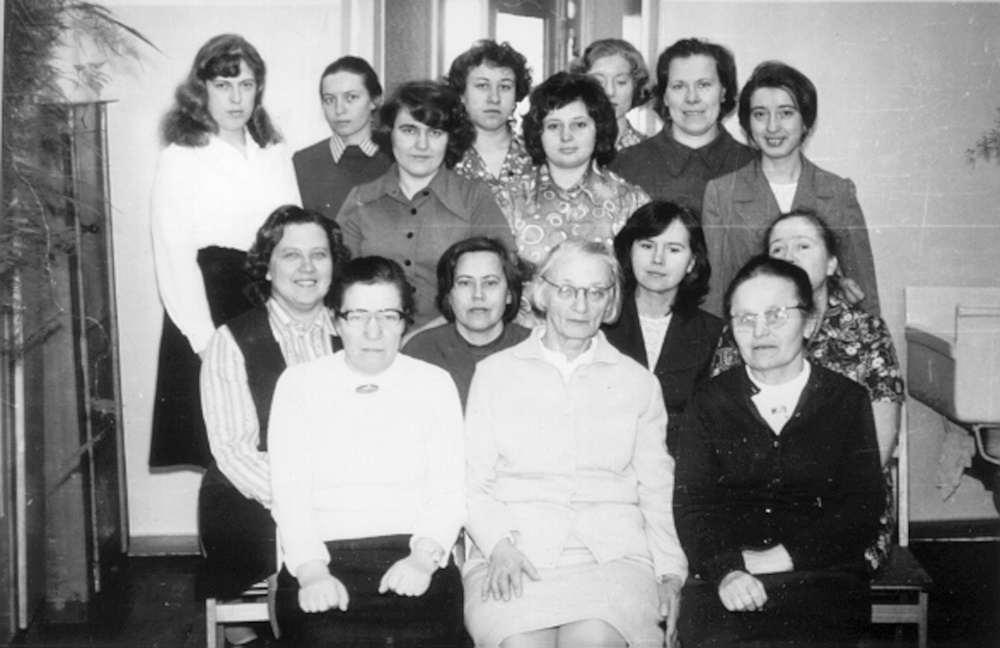
Boreskov Institute of Catalysis was founded in 1958 as a part of the Siberian Branch of the Russian Academy of Sciences. The founder and the first Director of the Institute till 1984 was academician Georgii Konstantinovich Boreskov.

One of the main activity areas of the Boreskov Institute of Catalysis is fundamental investigations in catalytic science to discover new principles of chemical reactions and to create innovative catalytic compositions and technologies.
Read more...

Boreskov Institute of Catalysis pays great attention to the training of young scientists. Each year more than 100 students and post-graduates are being trained at its research and educational facilities. The Institute collaborates with many educational organizations, including:
Read more...

For more than half a century, the Boreskov Institute of Catalysis is at a cutting edge of innovative R&D for chemical and petrochemical industries, energy power, environmental protection.
Read more...
11 February 2022
International Day of Women and Girls in Science is celebrated all over the world since 2016 on the resolution of the General Assembly of the United Nations. The problem of gender disproportion in science still exists in the world: according to UNESCO data women constitute less than 30% of researchers on the global scale. Celebration of the date is intended to attract attention to this problem and to promote complete and equal access to science for women and girls encouraging them to be part of it.
From the day of its foundation, women in the Institute of Catalysis advance science on an equal footing with men. Each of them deserves to be mentioned, but today we tell you about one of the first employees of the Institute, who had her share of infernal labor in the war years, hard post-war time, and difficult time of establishment of the institutes in Akademgorodok, — Vera DZISKO.

Dr. Prof. Vera Dzisko (1908–1992) is one of the most prominent representatives of the Institute of Catalysis who stood at the origins of its foundation. Vera dedicated her life to the catalysis science and achieved great results. Her total employment record is 54 years, and 23 of them she worked in the Institute of Catalysis, where she headed the country’s first laboratory of scientific basis for catalyst preparation. Her achievements were marked by numerous awards, and her followers continue the legacy of her scientific school.
Vera was born on September 5, 1908, in Kiev. After graduating from the chemistry department in Kharkov Physical-chemical-mathematical Institute in 1930 she began her scientific life in the laboratory of catalysis in Odessa Chemical-Radiological Institute. Since 1936 and up to the beginning of the Great Patriotic War she headed the chemical laboratory of Konstantinovka Chemical Plant in Donbass. As the war began, the plant was evacuated to the Ural, and there Vera took charge of the Central plan laboratory of the Krasnouralsk Chemical Plant. In December, 1941, within the team under the authority of Georgy Boreskov she participated in organization and successful launching of the country’s largest sulfuric catalytic reactor working on vanadium catalysts.
“…It was extremely hard, the frost reached -50 degrees”, Vera recollected later. “The launching at the odd evacuated equipment didn’t go right, the steel pipes failed turning paper-thin, and the mechanics stayed day and night at the refrigerators that were leaking constantly. The complex technological stations had to be coped with by women and teenagers, while men were at the front. The catalytic reactors heated by firewood went on and off, the streams of gas spurted from the flanges. The necessary temperature was supported by the dozens of cubic meters of firewood sawn and brought on the women shoulders. We all understood very well how much the front needed our production, and worked for the long-awaited Victory”.

Friends Tatiana Tyulikova (left) and Mariya Borisova (right) worked their whole lives in the laboratories of Vera Dzisko, first in Konstantinovka, then in Krasnouralsk, Moscow, and Novosibirsk. Photo taken in the Institute of Catalysis, 1975.
As the end of the War drew nearer, in 1944 Vera moved to Moscow and worked in the Research Institute of Fertilizers and Insectofungicides in the laboratory of catalysis. In the same year she defended her PhD theses. After two years she joined the laboratory of technical catalysis of the Karpov Research Physicochemical Institute, where she continued a large cycle of works on studying the influence of the preparation conditions over the properties of catalysts and supports until her moving to then just founded Novosibirsk Akademgorodok.
In March, 1962, Vera was employed as the acting head of the laboratory of catalytic polymerization of the Institute of Catalysis of the Siberian Branch of the Academy of Sciences of the USSR, and since 1965 up until retiring in 1985 she headed the laboratory of the scientific basics of preparation of catalysts, which was called simply laboratory of preparation of catalysts, or LPC.
In her first years of working in the Institute of Catalysis (1962-1965), her main research was dedicated to the process of polymerization of ethylene on chrome oxide catalyst in suspension mode. The obtained results allowed beginning of design of the industrial plants for manufacturing medium pressure polyethylene. Later her attention was concentrated at studying the influence of conditions and synthesis methods over the formation of physicochemical and catalytic properties of the produced catalysts and supports based on oxide systems.
Dr. Dzisko lead the studies for revealing the regularities of preparation of catalysts and supports with desired properties. With the use of example of numerous systems, not only the model ones but also those with practical meaning, she formulated the basic principles of the rational methods of preparation of catalysts. Thus she created a new research area in catalysis – development of physicochemical basics for preparation of catalysts with desired composition and volume-texture characteristics.

Laboratory of the scientific basics of preparation of catalysts, 1977
“The employees of the laboratory of the scientific basics of preparation of catalysts were mainly women, men didn’t stay there for long”, say Vera’s colleagues, “Probably it was due to the peculiarities of the process of preparation of catalysts that don’t quite attract the young male researchers captivated by the romantics of the in situ studies of the state of the catalysts prepared by somebody else, their structural properties, spectral, electron microscopy characteristics. “To cook in the pans”, as it was called, was given to women. But under Vera’s guidance the laboratory “cooked” the catalysts that played later a great role in the development of chemical industry in the country. They were studied and tested by other departments of the Institute, and this joint work helped to form and develop an approach to the scientific basics of the preparation of catalysts”.
Vera supervised preparation and defense of 15 PhD theses and quite a number of diploma works. She was the author of more than 250 publications, 57 patents as well as two monographs. Her research activity she combined with social activism, was a member of Scientific Council on Industrial Catalysts of the State Committee for Science and Technique of the Council of Ministers of the USSR.
Vera’s achievements were honored by the state orders and medals: medal “For Valorous Labor in Great Patriotic Was 1941-1945”, two orders of Labor Red Banner, medal “For Valorous Labor in Honor of Lenin’s 100th Anniversary”, medal “For Labor Merit”.
“Vera stays in the memory of her colleagues as the person who gave all her life to science”, recall her employees. “Being already of considerable age she stayed true to her profession and was full of creative power. Besides that, we should give her proper respect as an organizer – it is quite difficult to head a peculiar collective of women for such a long time. Yes, she was demanding and strict both to herself and those surrounding her for reaching high results. But no one can forget her benevolence, sense of humor, readiness to help, understanding of life situations and, of course, integrity. There is no doubt that she is a most worthy example of a woman in science, who enriched it with her achievements”.